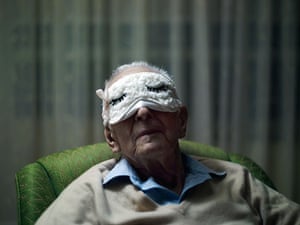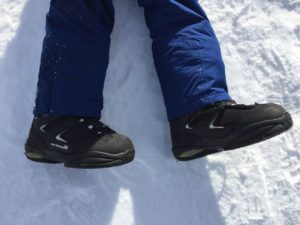Le Marais is a housing estate in Saint Clement, containing Jersey’s biggest high-rise with a staggering fifteen floors. Although the buildings withhold an enormous physical presence, it is the vulnerability of the social-renting tenants on the ground that cause my interest. My curiosity stems from what I believe is the main problem facing society, and that is the mere fact social classes are so divided. Stereotypically, the tenants of council housing attend state schools where the education is not to the same standard as private, fee-paying schools. This is exacerbated by the influence which is detected in state schools as people misconduct and misplace their priorities due to a lack of education and awareness, consequently leading to that person growing up and struggling to escape the working class status. The cycle is vicious, but it is important to know my philosophy is acquired from attending a state school named ‘Haute Vallee’ in years seven to nine before moving to a selective school.
At Haute Vallee, I was an academic genius effortlessly. I would shine against other children, including Portuguese and Polish pupils who could barely speak English, giving me immense confidence and the correct criteria to move to Jersey’s only selective school, Hautlieu. I made the move in June 2014 along with twelve other pupils which is considerably low in a Hautlieu year that consisted of 170 students from a possible of three other state schools, demonstrating the lack of education or motivation being imposed to strive for the best. However, when I reached Hautlieu after the summer break, the work load expected of me was completely different to what was expected of me at Haute Vallee where homework was deemed “optional”. In retrospect, I don’t blame myself for never doing homework, I was thirteen and being told homework was voluntary in a class where I was already one of, if not the most academically talented. Hautlieu had a very different homework policy which often saw me kept in at lunch times or after school in “homework support”, causing a very big shock to the system. Often I would avoid cooperating with my teachers who clearly cared for my future and I pretty much did until the Easter before my GCSEs because I was so fed up of constantly being behind and it was hard for me to accept I was no longer the natural big fish in the pond. Students from other schools worked harder than me and were naturally smarter than me so I thought “sack that” and focused on my paramount social life. Fundamentally, I couldn’t be more glad I moved to Hautlieu when I did rather than trying to move for A-Levels as I would not be accustom to the work load if I had not come, which is crucial since I am pretty sure the “A” of “A-Levels” stands for application. The point being, if I did not make the plunge to move school, which few people from did, students could be at a school that is too busy to teach the correct information as they’re still teaching the fundamentals to the slower students, giving them a huge disadvantage in our rat-race lives.
http://www.bbc.co.uk/news/world-europe-jersey-15555535
5 A* to C GCSEs with English and Maths
- Les Quennevais (45%)
- Le Rocquier (28%)
- Grainville (13%)
- Haute Vallee (18%)
- Hautlieu (97%)
- JCG (96%)
- Beaulieu (71%)
- De La Salle (81%)
Throughout history, social critics such as Charles Dickens illuminate the working class’s difficulty to overcome the strains of a poor economic status, as well as being inferior to the leading upper classes. This same attitude still exists, however, it is rarely discussed or challenged. Crucially, there is schemes in place to help the poorer members of society, both financially and in terms of their welfare, but there is still problems and disadvantages that the children born into these circumstances will encounter.
My ambition is to study my friend’s background, all stemming from completely different, unique upbringings which shape the people we are and how, despite all of us being individual to one another, we have all united through Hautlieu school. An organisation that brings both ends of society’s economic citizens together for the sake of learning and developing as people. I will also capture all the activities or hobbies that make my friends who they are and where and how they live.




















